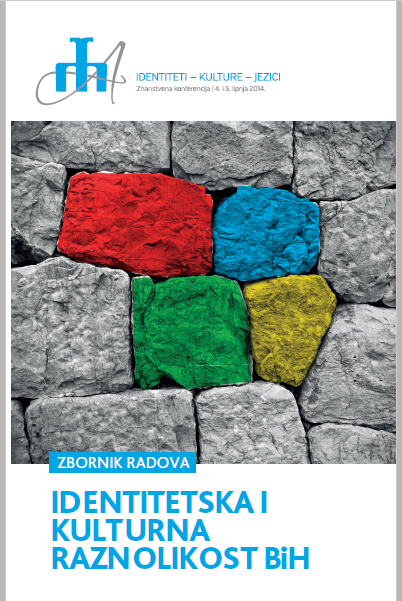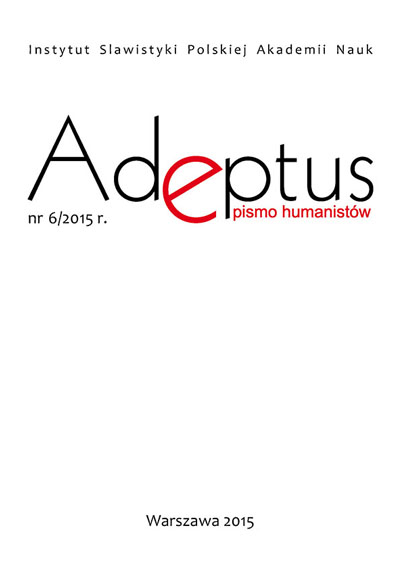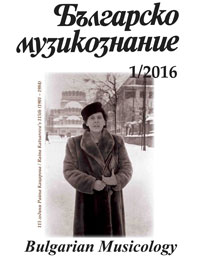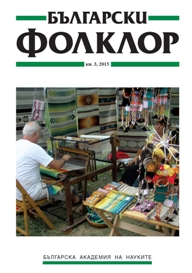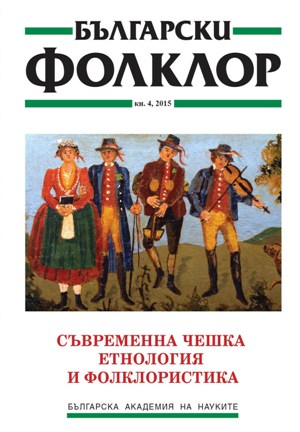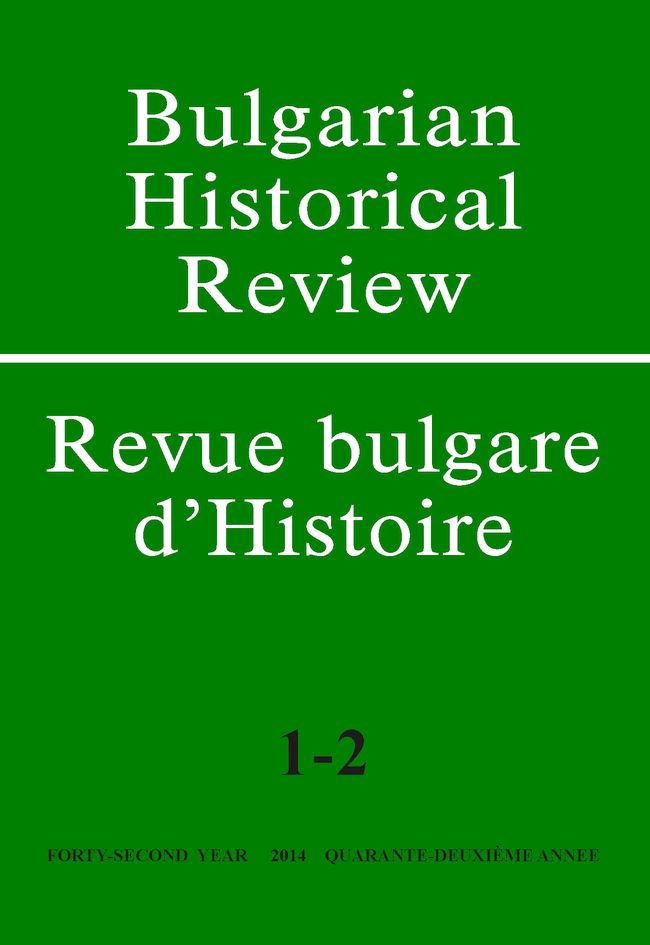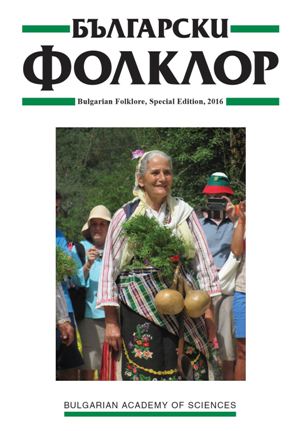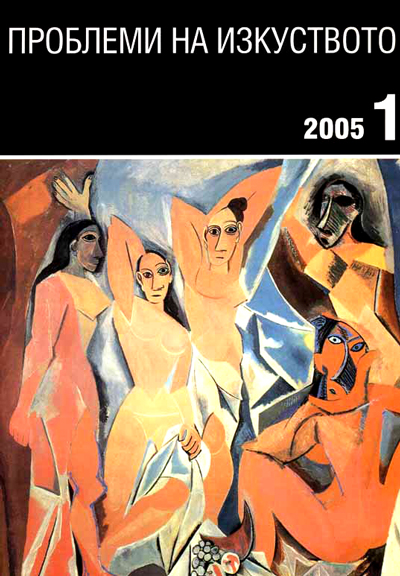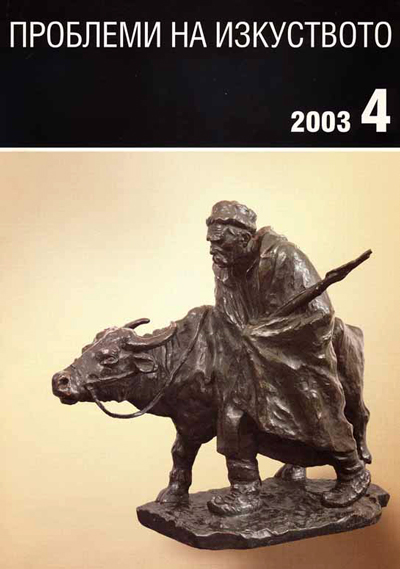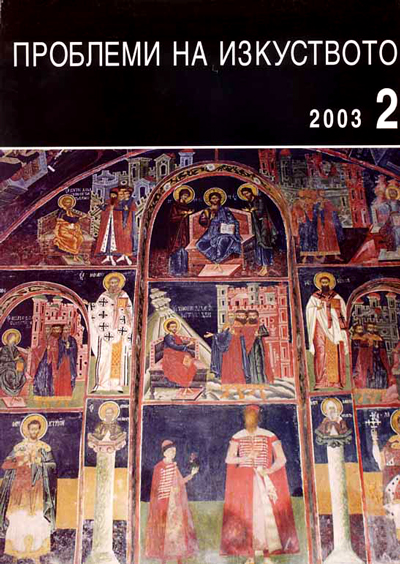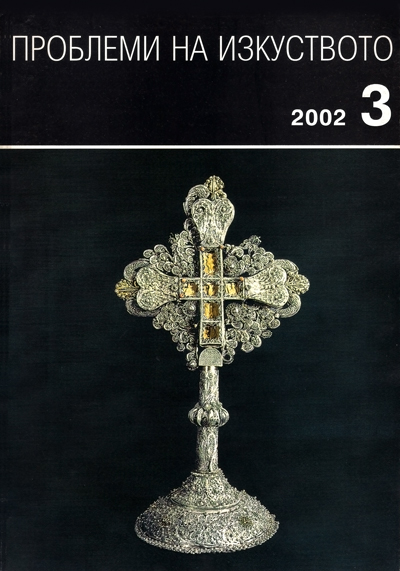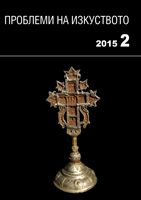
Надписи от Горноводенския манастир „Св. Св. Кирик и Юлита” край Асеновград. Предварителни бележки
In this paper the inscriptions of the Sts Cyricus and Јulitta monastery at Gorni Voden are discussed. They give valuable information about the historical persons who contributed to the weal of the monastery. Based on them, it comes out that the monastery was built in 1835 with the donations of the habitants of the Greek community of Gorni Voden. The naos was painted in 1847-1848 with the sponsorship of laymen of Bulgarian origin, whereas the narthex was painted in 1850, during the time of the hegoumenos Gerasimos Iviritis, by the painter Alexios Athanassiou from Naoussa. The wood-carved iconostasis was painted with the help of Greeks from Philippopolis during the period of 1864-1871. Among the donors of the monastery laymen of Bulgarian origin dominate who come from the places Assamita, Gerdima, Gorni Voden, Guzurli, Edbek, Irinzik, Karaorman, Kezik, Meriza, Muldava, Tremezli and Chiflik mahala, as well as members of the guilds of the chandlers, the grocers and the snippers of Philippopolis. Donnors were also by separate persons from this town, as Georgios Kazandzoglou (1847), Georgios Athanassiou Kaftandzis (1864), Anasstasios hadji Dimitriou Koimdzis (1864), Athanassios Iakovou Argyriadou (1868), Vassilios G. Klieanthis (1870), Ekaterina A. Tomidi (1871) and Josif, as well as persons from the ecclesiastical circle, as hierodeacon hadji Makarios from Bursa, the hegoumens of the monastery Gerasimos Iviritis (1850) and hadji Jeronimos Philippopolitis, the priest Dimitrakis Chrisafi Frangakis and the monks Sofronios and Josif.
More...
